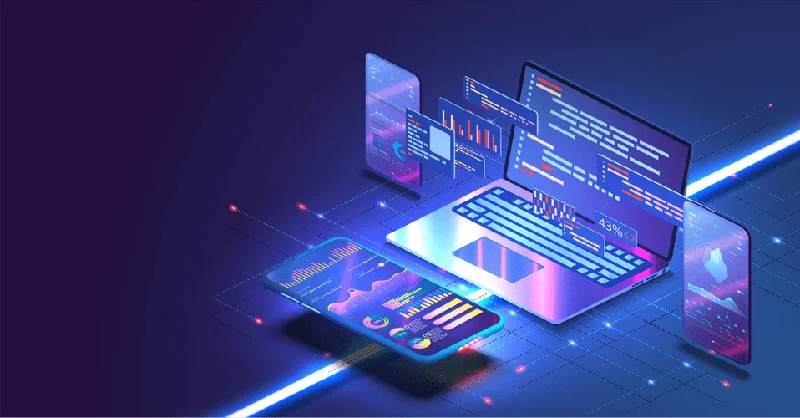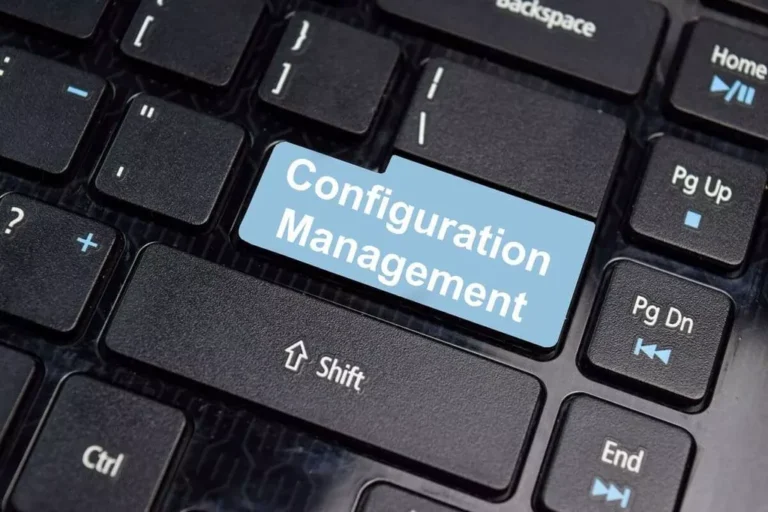During dash meetings, teams decide the work breakdown of the project and predict the time in which each task may be accomplished. From this task breakdown, the plots of the burndown chart can be created. In distinction, the discharge burndown chart offers a macro view of progress towards a product’s release, overlaying multiple sprints. It maps out the cumulative remaining work till definition of burndown chart the discharge, providing a comprehensive overview of the project’s trajectory.
What Are The Benefits Of An Agile Burndown Chart?
Toward the highest of the y-axis is another horizontal line representing the scope of the project, such as the number of story factors needed to complete. If the scope turns into larger, say if story factors or dash backlog objects are added, the scope line rises to account for the elevated aim. Neither the burndown nor burnup chart offers any indication of which product backlog gadgets have been completed. This implies that a team can have a burndown chart that reveals continued progress, but it does not indicate whether or not the group is working on the right issues. For this reason AI Software Development, burndown and burnup charts can only present an indication of developments quite than giving an specific indication of whether or not a team is delivering the right product backlog objects.
Deciphering The Burndown Chart Knowledge
- Although the specifics can range, it’s common to see the under sections of a burndown chart.
- The nearer these two strains align, the higher the probability that the group will full all tasks on schedule.
- Counting partially finished work (e.g. coding only – take a look at missing) is strictly forbidden.
- The sprint and launch burndown charts are vital for providing real-time insights into project health.
- Because Scrum is designed for smaller groups that are self-managing, all members of the group (developers, product proprietor, Scrum master) are responsible for creating and updating a Scrum burndown chart.
Reading and interpreting a burndown chart is crucial for understanding the progress and well being of your agile project management endeavors. By analyzing the chart’s key elements and the relationships between them, you presumably can gain priceless insights into your team’s progress and make data-driven selections. In this section, we’ll discover the means to learn a burndown chart effectively, which is an important ability for any scrum master or project supervisor. DX supplies a complete suite of instruments past the surface-level metrics of burndown charts.
The Method To Create A Burndown Chart In 5 Straightforward Steps
A burndown chart is a graphical illustration of the work remaining for a project and the time remaining to finish it. Burndown charts are commonly used in software program growth, especially in groups utilizing Agile project administration. In this article, we focus on the components of a burndown chart, how to use it and its advantages and limitations. If you use a project administration software such as Forecast, burndown and burnup charts can be created in seconds utilizing data collected on your sprints.
Steps To Create A Chart In Scrum
If you want proof that the cliché about “best laid plans” is rooted in reality, look no further than your work tasks. What began as an ideology for creating high quality software efficiently has evolved into a way of thinking… Product homeowners and scrum masters will also appreciate the kanban for its transparency in the sprint. When going via a sprint retrospectively, the kanban is an archive of what went right and what went incorrect, allowing for future improvements. Use this free Task Tracking Template for Excel to handle your projects higher. For extra info on driving a Scrum project in Jira, try our How to do scrum with Jira guide.
Tips On How To Elevate Your Agile Processes With Burndown Charts
The burndown chart treats every task, its priority degree and its issue as equal but, in reality, that’s clearly not all the time the case. Agile teams may use a metric referred to as “story points” to define the phrases of the X-axis and Y-axis. They let you know the time remaining for the project, and the tasks wanted to finish it. For example, a project could have 30 days till the deadline, with 40 duties to complete. Similar to the burndown chart, on a burnup chart, time is tracked along the X-axis, with the Y-axis measuring progress. Unlike a burndown chart, the line monitoring progress moves steadily upwards towards the upper right-hand nook.
How To Use A Burndown Chart In Agile & Scrum
A burndown chart is a visible representation of the remaining work versus the time required to finish it. By estimating the time it takes to complete tasks, issues, and testing, you presumably can determine the project completion date. Jira software’s built-in performance automatically produces burndown charts primarily based on sprint configurations and project points, offering a real-time view of progress with minimal guide enter required. A sprint burndown chart is considered one of the handiest instruments an agile software program improvement team can use to ensure they’re working and delivering at a strong tempo.
Is Scrum Project Administration Methodology A Match For My Team?
The burndown chart is a robust software for assessing whether dash targets are achievable or not. It helps teams track progress in the path of completing all person tales within the dash backlog. By visualizing remaining work over time, group members have a transparent understanding of the quantity of effort required daily to meet the set goals. Both burndown and burnup charts monitor a team’s velocity, workflow, and progress.
Using project management apps like Asana can simplify the method of creating and sharing burndown charts along with your group, guaranteeing everybody stays on the same page. The actual effort line represents the actual work remaining on the end of every dash or day, reflecting the staff’s progress. This line may deviate from the preliminary estimate because of unforeseen points, modifications in scope, or inaccurate estimations. The precise effort line is prone to be less linear than the perfect effort line, reflecting the reality of project progress.
Another key difference is that burnup charts are higher at representing scope creep. While scope creep is visible on a burndown chart, as mentioned above, it’s clearer on a burnup chart. This is as a outcome of it features a separate line reflecting the total scope; if 5 story points are added to the scope, this is made abundantly clear. One approach to successfully track progress on sprints is by utilizing burndown and burnup charts. Historically, traditional software program groups used time to estimate the trouble needed to complete a task or a project. For instance, “I assume it’ll take me three days to complete that user story.” However, this method may be risky as a end result of folks are inclined to underestimate the amount of time it’s going to take to finish a project.
In Jira, you presumably can measure work utilizing story factors, hours, or you presumably can provide you with your personal statistic. You’re working in a project on Jira, and you want to track the progress of a sprint, or epic. Take your project and resource administration to the following degree with our AI-driven platform. Using this data, you can generate a plot indicating work you’ve completed. Our directions on the means to create a the chart in Excel are based mostly on the wonderful submit by Rob Frohman.
A burndown chart helps in managing Scrum initiatives by offering a visible illustration of the progress of work throughout a sprint. It tracks the remaining work versus time, permitting the group to see if they’re on monitor to fulfill their objectives. This chart helps in figuring out any issues or bottlenecks which will come up in the course of the project and enables the staff to take needed actions to remain on schedule. Statistics from earlier sprints can be utilized to forecast future progress and make knowledgeable decisions.
In scrum initiatives, the X-axis typically shows the variety of sprints, while in different instances, it might show the variety of days left till the project’s completion. There are eventualities the place simpler approaches may be more effective than using a burndown chart. Understanding these scenarios can help groups choose the best instruments for project management and guarantee successful project outcomes. Team managers use burndown charts as a approach to see the general progress of the project and the work remaining. Developers may use burndown charts to measure progress or to level out the staff what’s left to do in an Agile sprint.


















